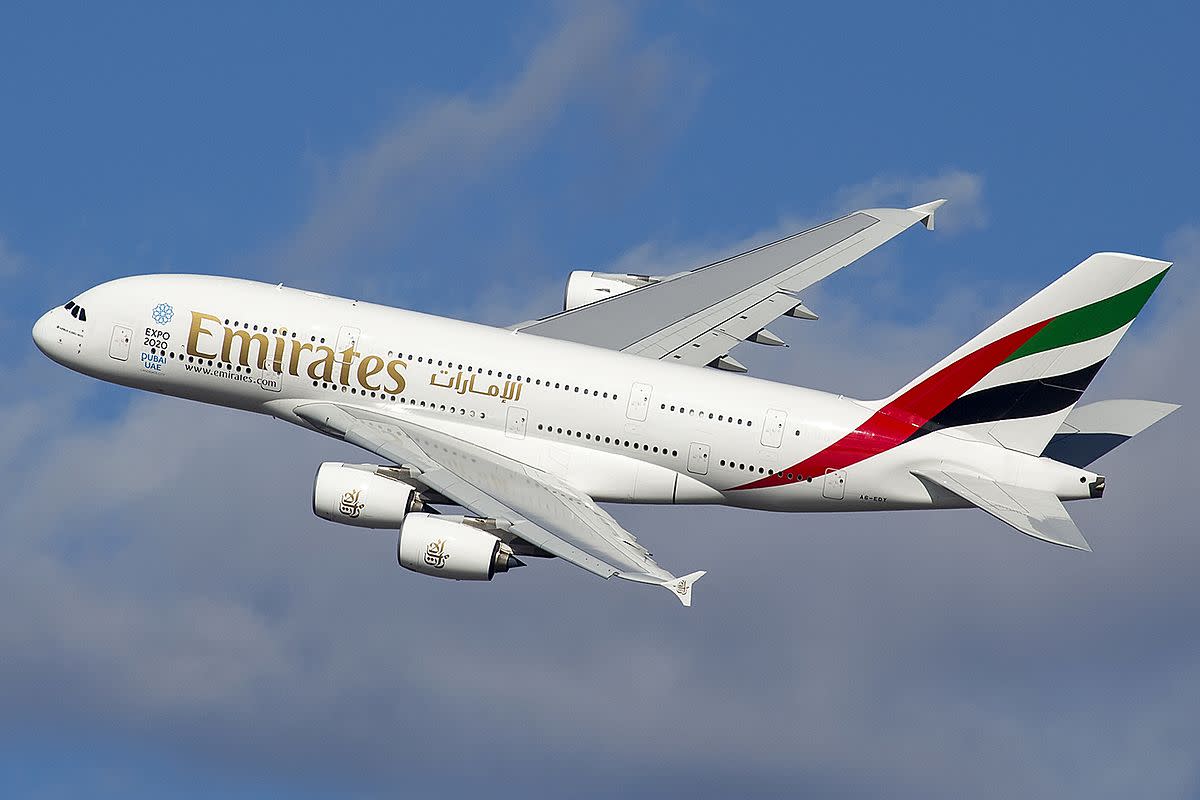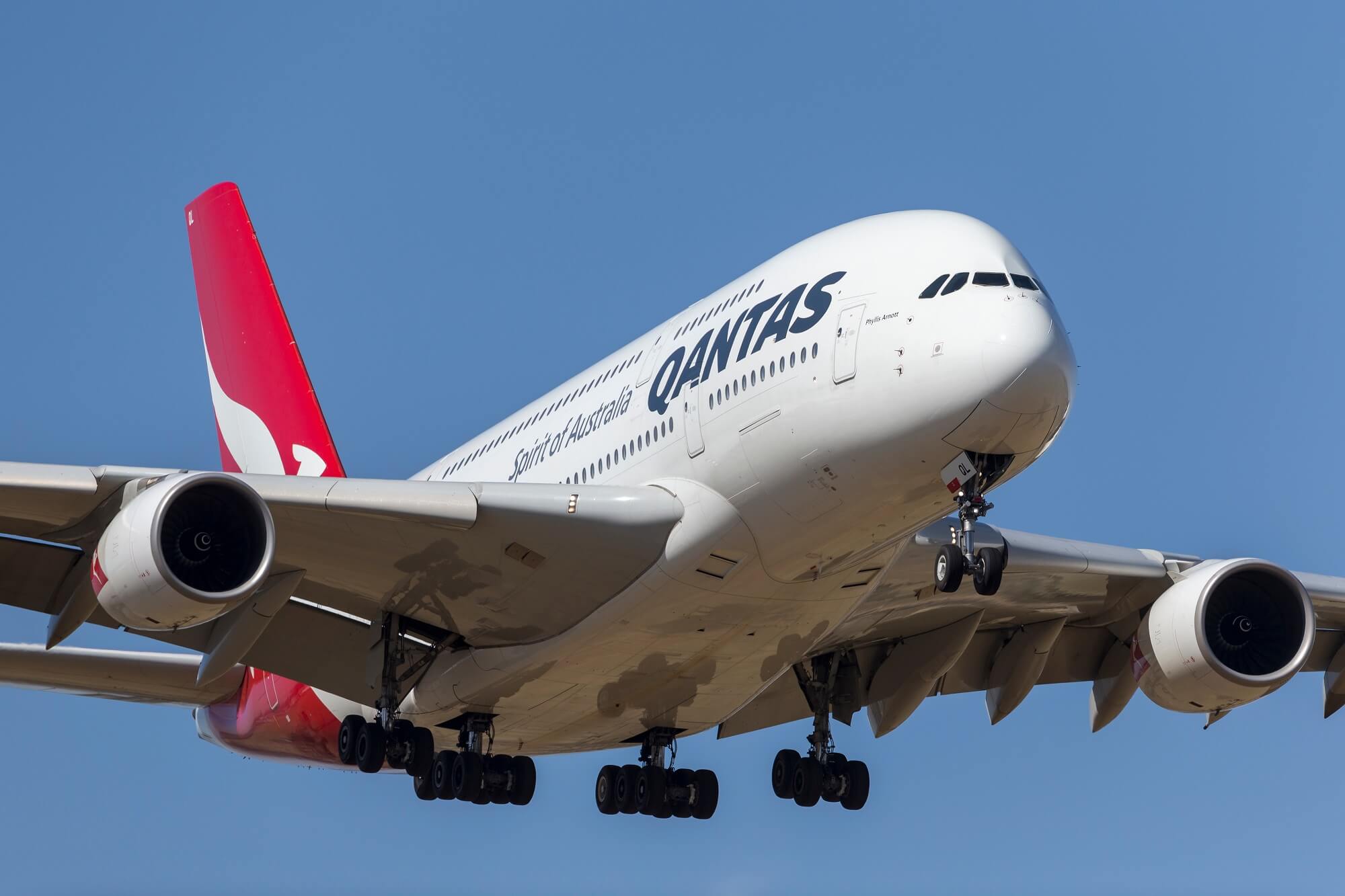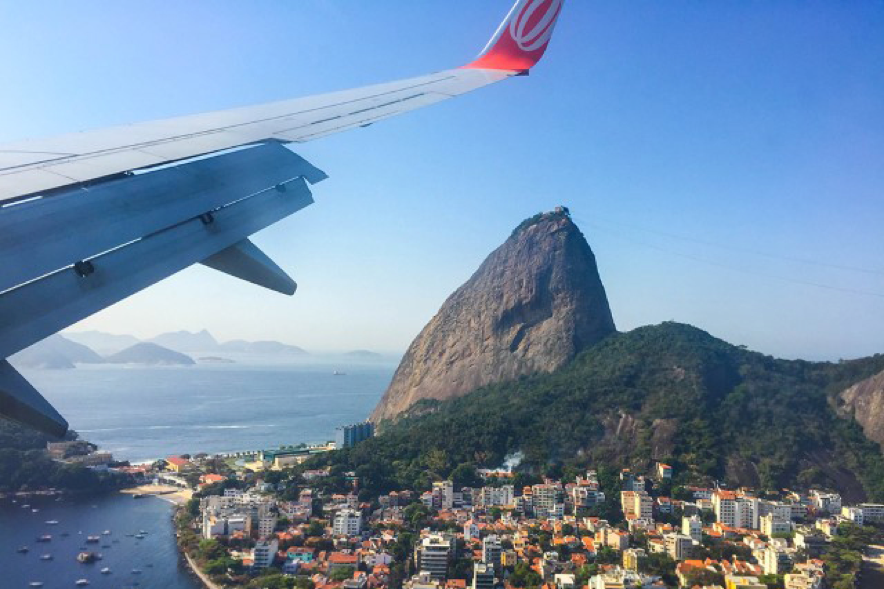Brazilian Aviation Industry

The Brazilian aviation industry has a rich history and plays a vital role in the country’s economic and social development. From its early beginnings to its current status as a major player in the global aviation market, the industry has undergone significant transformations.
Historical Development
The Brazilian aviation industry’s history dates back to the early 20th century, with the first flight taking place in 1909. The industry saw rapid growth in the 1930s and 1940s, driven by the expansion of domestic air travel and the establishment of major airlines like Varig and Cruzeiro do Sul. These airlines played a crucial role in connecting the vast and geographically diverse country, facilitating trade and tourism.
- 1930s: The creation of the Brazilian Air Force (FAB) in 1934 marked a significant milestone, contributing to the development of aviation technology and infrastructure. The FAB’s role in national defense also fostered a strong domestic aviation industry.
- 1940s: The establishment of Varig and Cruzeiro do Sul airlines, alongside the development of airports and air routes, fueled the growth of domestic air travel, connecting distant cities and regions.
- 1950s and 1960s: The Brazilian aviation industry continued to expand, with the introduction of jet aircraft and the development of international routes. This period saw the emergence of regional airlines and the growth of the domestic aviation market.
Current State of the Industry
The Brazilian aviation industry is currently a significant contributor to the country’s economy, employing a substantial workforce and generating revenue through air travel, maintenance, and manufacturing. Brazil boasts a robust network of airports and airlines, catering to both domestic and international travel.
- Major Airlines: The Brazilian aviation market is dominated by a few major airlines, including Gol, LATAM Brasil, and Azul. These airlines offer a wide range of domestic and international flights, connecting major cities within Brazil and across the globe.
- Airports: Brazil has a vast network of airports, with major hubs located in cities like São Paulo, Rio de Janeiro, and Brasília. These airports handle a significant volume of passenger and cargo traffic, supporting the country’s economic activity.
- Infrastructure: The Brazilian government has invested heavily in upgrading and expanding airport infrastructure, aiming to improve connectivity and attract more international travelers. This includes modernizing existing airports, building new facilities, and improving air traffic control systems.
Challenges and Opportunities
Despite its robust infrastructure and established airlines, the Brazilian aviation industry faces several challenges, including competition from low-cost carriers, economic fluctuations, and regulatory hurdles. However, the industry also presents numerous opportunities for growth and expansion, driven by increasing demand for air travel, particularly in the domestic market.
- Competition: The entry of low-cost carriers has intensified competition in the Brazilian aviation market, forcing traditional airlines to adapt their business models and pricing strategies to remain competitive. This has led to lower fares for passengers but has also put pressure on airlines’ profitability.
- Economic Fluctuations: The Brazilian economy is subject to fluctuations, which can impact consumer spending and air travel demand. Economic downturns can lead to reduced travel, impacting airlines’ revenue and profitability.
- Regulatory Hurdles: The Brazilian aviation industry is subject to various regulations and policies, which can sometimes create challenges for airlines and airport operators. Navigating these regulations effectively is crucial for the industry’s growth and development.
Passenger Plane Operations in Brazil: Passenger Plane Brazil

Brazil boasts a vast and dynamic aviation industry, with a significant role played by passenger planes in connecting its diverse regions and facilitating international travel. This section delves into the intricate world of passenger plane operations in Brazil, exploring popular routes, plane types, and safety regulations.
Popular Domestic and International Routes
Passenger planes in Brazil traverse a vast network of domestic and international routes, catering to a diverse range of travelers. Domestic routes are particularly crucial, connecting major cities and remote regions, while international routes link Brazil to global destinations.
- Domestic Routes: The most popular domestic routes in Brazil connect major cities like São Paulo (GRU), Rio de Janeiro (GIG), and Brasília (BSB). These routes are served by numerous airlines, including GOL, LATAM, Azul, and Avianca Brazil, offering a wide range of flight frequencies and ticket prices.
- International Routes: Brazil’s international routes connect major cities like São Paulo (GRU), Rio de Janeiro (GIG), and Salvador (SSA) to destinations in North America, Europe, Asia, and South America. Popular international destinations include Miami (MIA), New York (JFK), London (LHR), Paris (CDG), and Lisbon (LIS).
Types of Passenger Planes
The Brazilian aviation industry utilizes a variety of passenger planes, each with unique characteristics tailored to specific route requirements and passenger capacity.
- Narrow-Body Aircraft: These aircraft are known for their efficiency and suitability for short to medium-haul flights. Popular examples include the Airbus A320 family and the Boeing 737 family. These planes are commonly used on domestic routes and shorter international flights.
- Wide-Body Aircraft: These larger aircraft are designed for long-haul flights and offer greater passenger capacity. Examples include the Airbus A330 family and the Boeing 777 family. These planes are typically used on international routes connecting Brazil to distant destinations.
- Regional Aircraft: These smaller aircraft are ideal for connecting smaller cities and regional airports. Examples include the Embraer E190 family and the ATR 72 family. These planes play a crucial role in connecting remote areas and providing access to air travel for a wider population.
Safety Regulations and Standards
Ensuring the safety of passengers and crew is paramount in the aviation industry. The Brazilian National Civil Aviation Agency (ANAC) sets stringent safety regulations and standards for all passenger plane operations in Brazil. These regulations cover aspects such as aircraft maintenance, pilot training, and flight operations.
- Aircraft Maintenance: ANAC mandates rigorous maintenance schedules and inspections for all aircraft operating in Brazil. These requirements ensure that aircraft are in safe operating condition and meet international standards.
- Pilot Training: Pilots operating passenger planes in Brazil undergo extensive training programs that adhere to international standards. This training ensures that pilots are proficient in operating aircraft safely and efficiently.
- Flight Operations: ANAC sets detailed regulations for flight operations, covering aspects such as flight planning, communication, and emergency procedures. These regulations are designed to minimize risks and ensure safe flight operations.
Passenger Plane Impact on Brazil

Passenger planes have profoundly impacted Brazil, shaping its economy, environment, and society in various ways. From boosting tourism and trade to connecting remote communities, the influence of passenger plane operations is undeniable. However, these benefits come with environmental and social considerations that must be carefully addressed.
Economic Impact, Passenger plane brazil
The economic impact of passenger plane operations in Brazil is significant. The aviation industry contributes substantially to the country’s GDP, creating jobs and generating revenue through tourism, trade, and other related sectors.
- Tourism: Passenger planes facilitate tourism by connecting Brazil to international destinations and enabling domestic travel. This influx of tourists contributes to the growth of the hospitality industry, creating jobs in hotels, restaurants, and tour operators. The tourism sector in Brazil is a major source of revenue and employment, and passenger planes play a crucial role in its success.
- Trade: Passenger planes facilitate trade by transporting goods and passengers between Brazilian cities and international markets. This enables businesses to export their products and import necessary goods, fostering economic growth and development. Brazil’s reliance on international trade is significant, and passenger planes play a critical role in connecting the country to global markets.
- Employment: The aviation industry in Brazil provides employment opportunities in various sectors, including airlines, airports, aircraft maintenance, and air traffic control. Passenger plane operations create jobs directly and indirectly, contributing to the overall economic well-being of the country.
Environmental Impact
The environmental impact of passenger plane operations in Brazil is a subject of increasing concern. While air travel contributes to economic growth, it also generates significant air and noise pollution.
- Air Pollution: Aircraft emissions contribute to air pollution, releasing greenhouse gases such as carbon dioxide, nitrogen oxides, and water vapor into the atmosphere. These emissions contribute to climate change and can have adverse health effects on people living near airports. Brazil is committed to reducing its carbon footprint, and efforts are underway to develop sustainable aviation fuels and improve aircraft efficiency to mitigate the environmental impact of air travel.
- Noise Pollution: Aircraft noise can be a significant source of disturbance for communities living near airports. This can lead to sleep disruption, stress, and health problems. Brazil has regulations in place to limit aircraft noise levels, and airports are implementing noise reduction measures to minimize the impact on surrounding communities.
Social Impact
Passenger plane operations have a profound social impact in Brazil, promoting accessibility, connectivity, and cultural exchange.
- Accessibility: Passenger planes provide access to remote areas of Brazil, connecting communities that would otherwise be isolated. This enables people to travel for work, education, healthcare, and leisure, improving their quality of life. Brazil’s vast geographical size makes air travel an essential means of transportation, particularly for connecting remote regions.
- Connectivity: Passenger planes facilitate connectivity between Brazilian cities and towns, fostering economic and social development. This enables people to travel for business, education, and personal reasons, promoting social interaction and cultural exchange.
- Cultural Exchange: Passenger planes facilitate cultural exchange by connecting people from different regions of Brazil and the world. This promotes understanding and tolerance, contributing to a more diverse and inclusive society.
Passenger plane brazil – The passenger plane, a sleek silver bird, vanished over the Amazon rainforest, leaving behind only a trail of unanswered questions. Some whisper of a hidden jungle airstrip, others of a secret government operation. The truth, like the plane itself, remains elusive.
Perhaps the answers lie in the archives of the trump press conference transcripts, where whispers of forgotten incidents sometimes surface. The silence of the jungle holds its secrets close, waiting for the right moment to reveal them.
The passenger plane, a sleek silver bird, descended through the thick, humid air over the Amazon rainforest. It was a journey that seemed to hold a thousand whispered secrets, each rustling leaf and flitting bird carrying a hint of the unknown.
It was a journey that, in a strange way, reminded me of the life of gwen walz , a woman who, despite her public persona, always seemed to carry a quiet mystery about her. As the plane touched down in Rio, the heat hit me like a wave, and I felt a sense of unease, a feeling that something was about to shift, just like the stories that surrounded that passenger plane.
